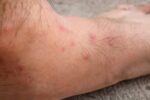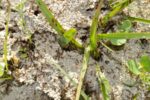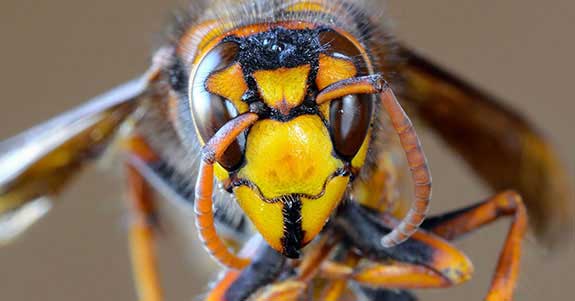
Everything You Need to Know About Murder Hornets
Lately, there has been much discussion about the Asian giant hornet, Vespa mandarinia, also being referred to as the “murder hornet.” Having invaded North America in August 2019, this dangerous, aggressive insect is the world’s largest hornet and can be almost two inches long with a large, venomous stinger.
The venom is potent enough that, through multiple stings, a human can go into anaphylactic shock or cardiac arrest. However, in most cases, a single sting cannot inject a lethal dose. Nevertheless, similar to a bee or wasp sting, the sting from the giant hornet can be extremely painful.
Fortunately, the murder hornet’s presence in the United States primarily kept to Washington state. Furthermore, there have been no recent sightings of the murder hornet, leading entomologists to believe that the eradication of this pest may have been successful. However, as this has not been fully confirmed, you may still want to know what these murder hornets are all about.
Murder Hornets—What Are They?
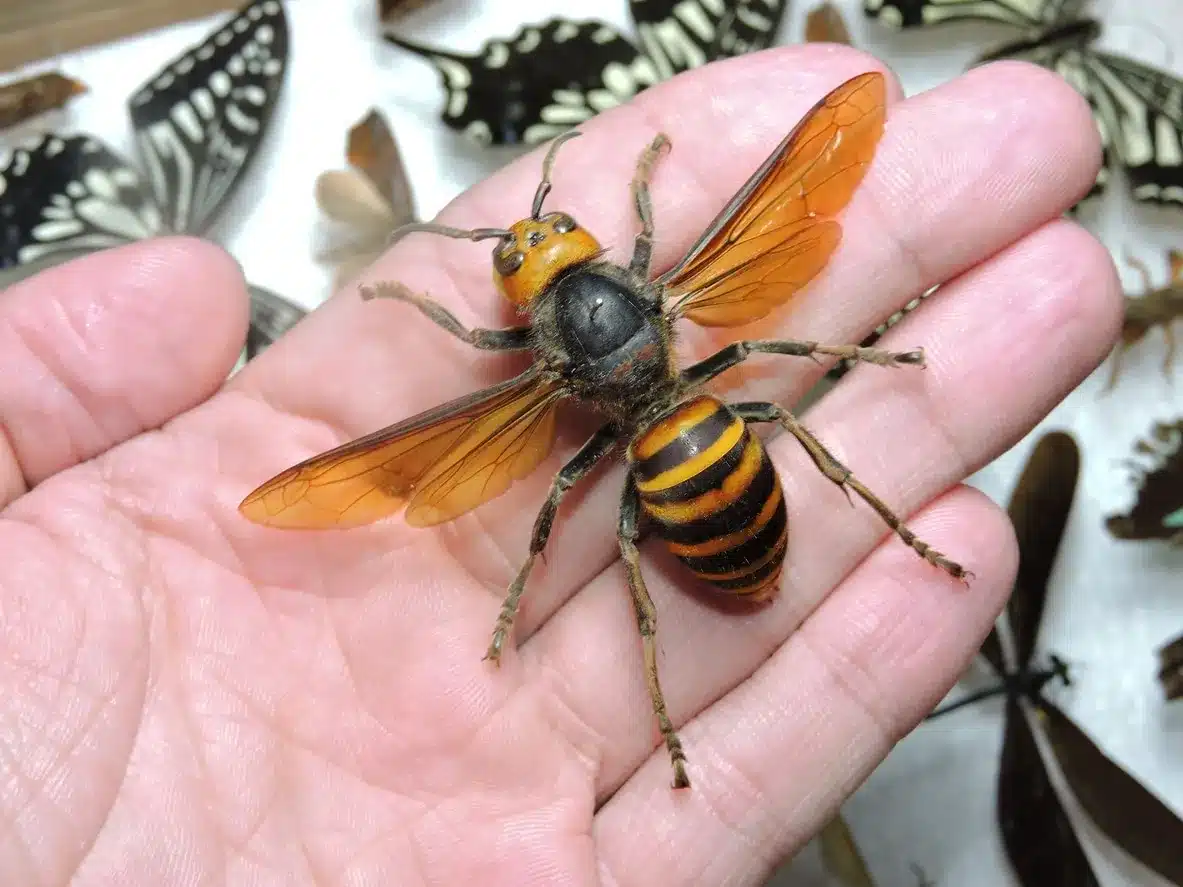
Besides the very large size of this hornet, it can be identified by its characteristic orange head, brown antennae, and tiger-like orange and black stripes. Although this hornet is native to Asia and has been found in parts of Russia, this bug invaded the Pacific Northwest and North America, specifically Washington.
Scientists are not quite sure how the hornets invaded from their native area, possibly in international cargo, but eradication efforts were promptly started once sightings were reported. Although only a handful of reports had been verified at the time, locating all of the populations early was critical to preventing establishment, especially because the hornet is most active in the summer and fall.
Murder hornets can live in lowland forested areas, and their nests are subterranean. These hornets predominantly nest in their tunnels, the burrows of other animals or rodents, or within the roots of rotted pine. These hornets are extreme predators of other insects and bees, hence the given name “murder hornet.”
What Do Murder Hornets Eat?
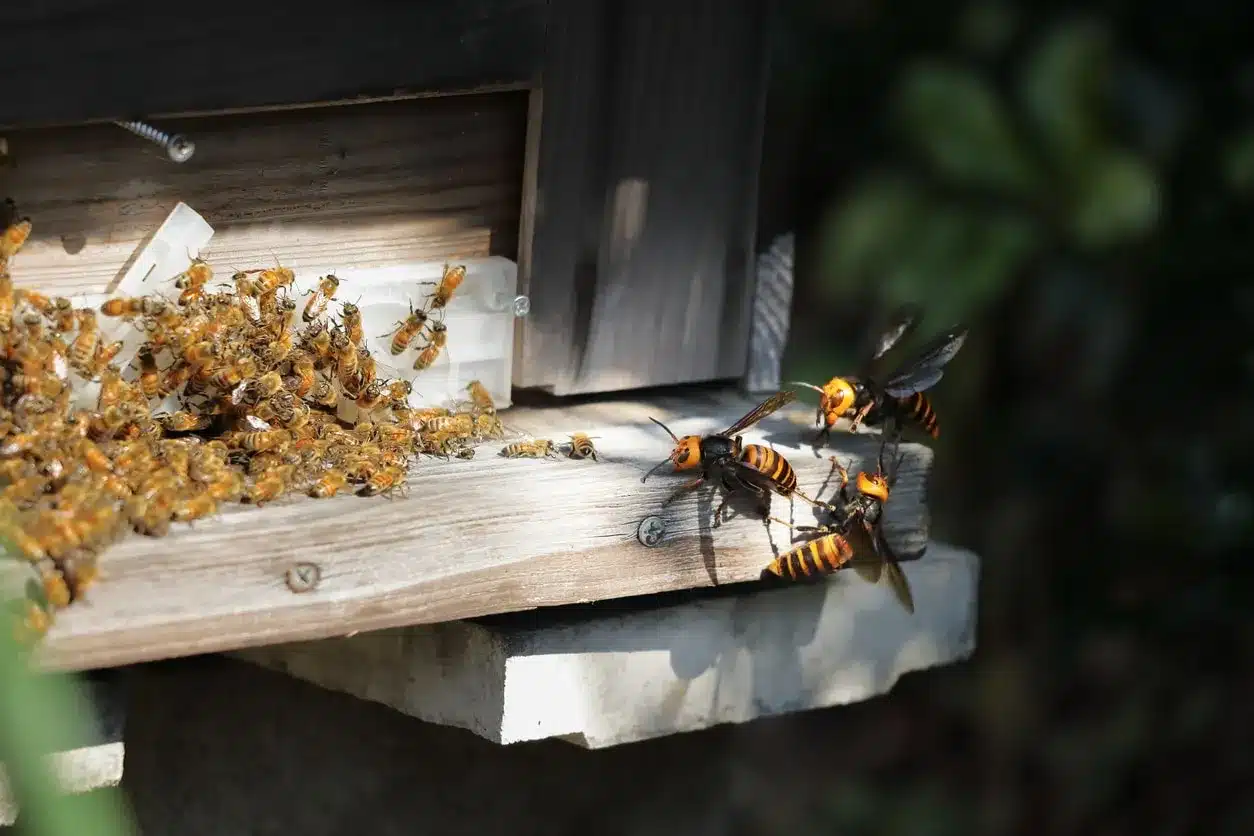
These hornets kill and feed off larger insects, including the colonies of honeybees. They invade the honeybee hive, kill the adults by sting or decapitation, and use the adults, pupae, and larvae to feed the young of their own. According to beekeepers, a group of these hornets can devastate an entire colony of the European honeybee, as each hornet can kill tens of bees per minute.
The European honeybees, the type of bee responsible for the majority of honey and crop production, are virtually defenseless against the hornet. The defense of the European honeybee is unorganized, and their individualized stings are no match for the larger and armored hornet.
However, some other species of social bees native to the area these hornets can be found have been observed to display an intricate and effective behavioral defense mechanism against the hornet. These bees can detect when a hornet is near and emit a pheromone to prepare the colony.
When the hornet attempts to come within the hive, hundreds of bees simultaneously surround the hornet, preventing it from escaping. The bees then vibrate in unison and create an “oven,” elevating the temperature and carbon dioxide to a level that is lethal to the hornet, but not to the majority of the bees.
Are Murder Hornets in Florida?
No, the murder hornet has not been spotted anywhere in Florida. Scientists in the Northwest United States have done their best to locate any populations of this invasive insect by trapping and monitoring them in order to eradicate their presence. There have been no recent reports of the Asian giant hornet in the United States. Still, residents and beekeepers have been asked to please report any sightings of these hornets to the Department of Agriculture for the State of Washington.
Protect Your Home With Hulett Environmental Services
While you may not need to worry about the giant hornet bothering your Florida home, there are still a multitude of other pests that can be causing problems for you and your family. At Hulett Environmental Services, we’re equipped to handle them all.
We deliver only the best of the best through our green, environmentally friendly pest control, ensuring you, your family, and your pets are safe and sound. As pest control’s finest with over 50 years of experience, all you have to do is give us a call or schedule your free inspection online to get started with Florida pest control or pest prevention.



